The site was reported by Teoberto Maler during the late nineteenth century, and he called it Xcalumkín because it was the name of the savanna where most of the constructions where raised, although there are some other edifices over several nearby hills. According to Maler, Xcalumkín in Maya language means "Two times good land exposed to the sun", although the american historian Ralph Roys believes that the name could be Calomkín which means "the window through which the sun trespasses"
It is one of the richest sites in epigraphic and one of the best examples of Puuc architecture in Campeche. It is considered a regional capitol of at least 25 sites located nearby. Recently there has been restoration and prospecting activities at the site.

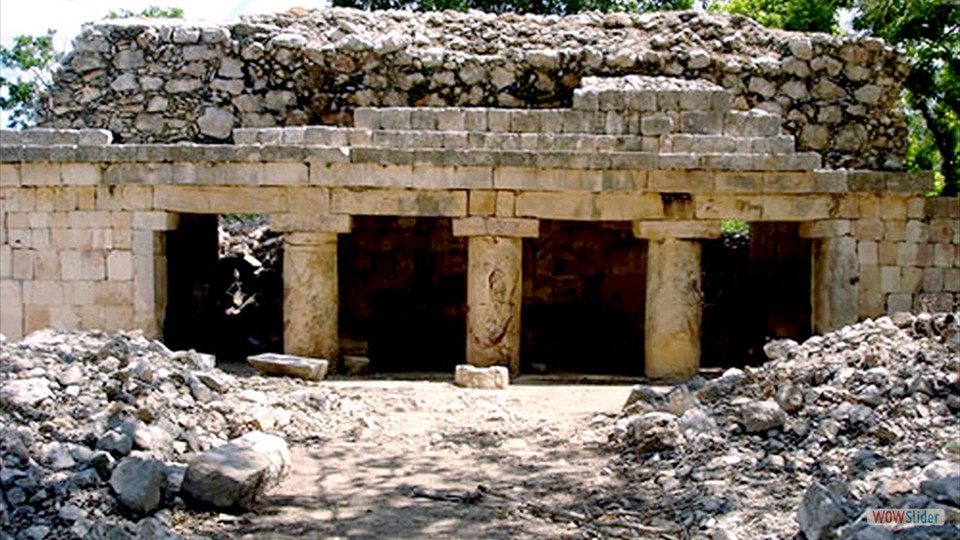
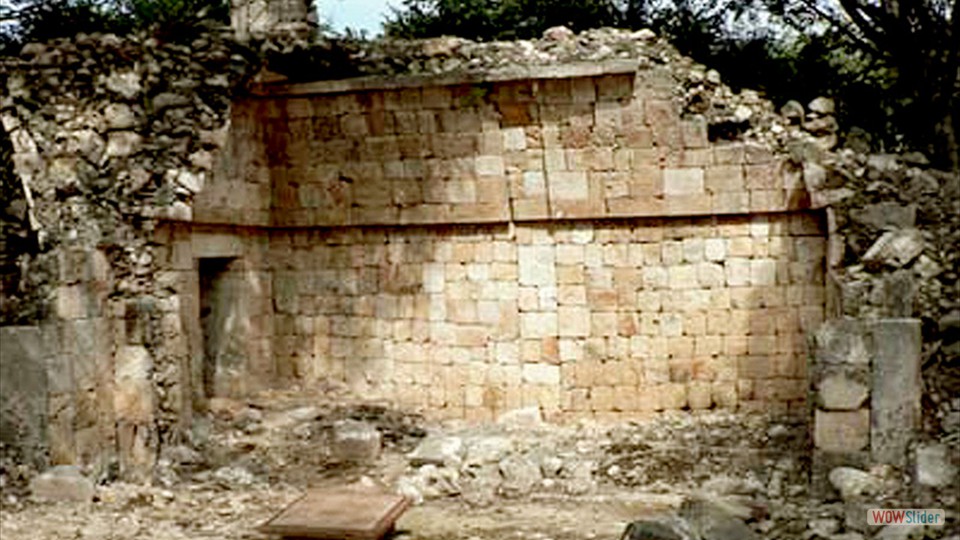
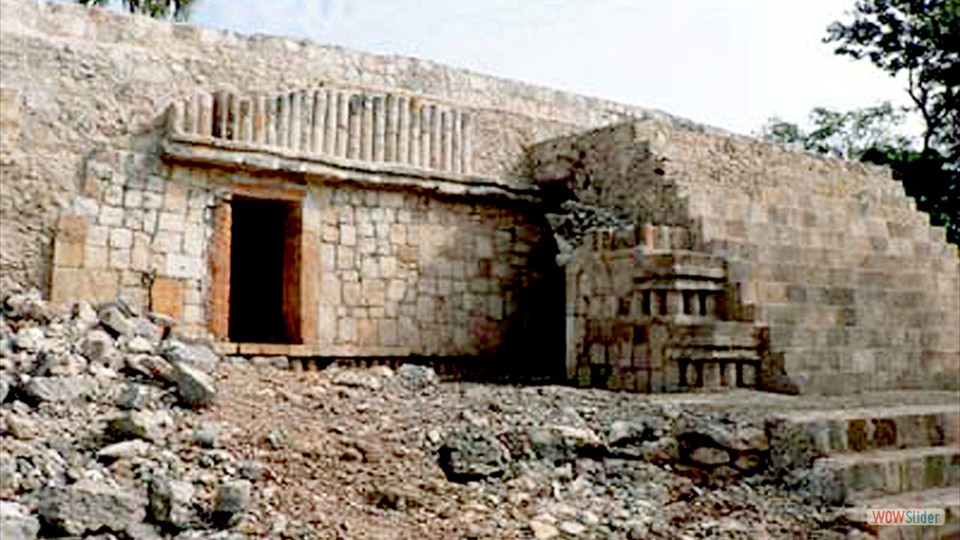
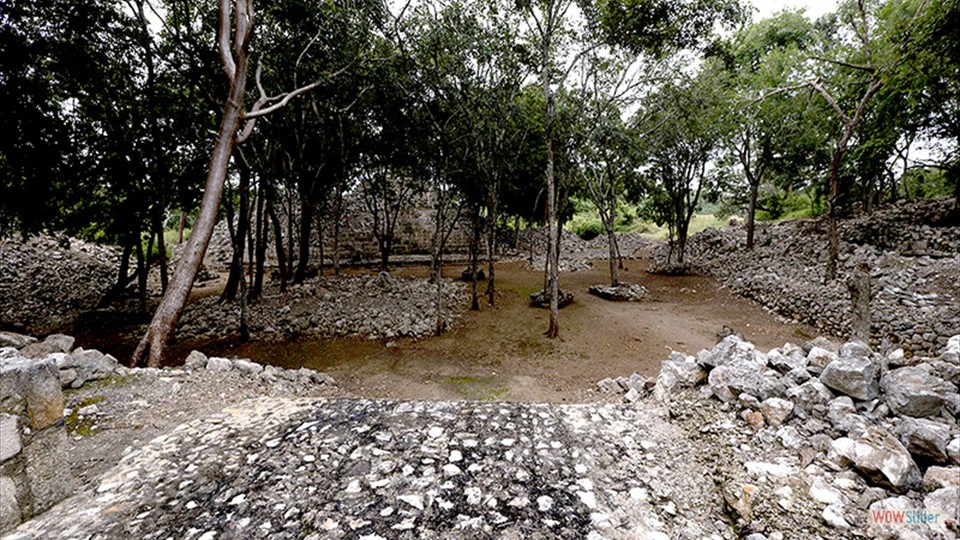
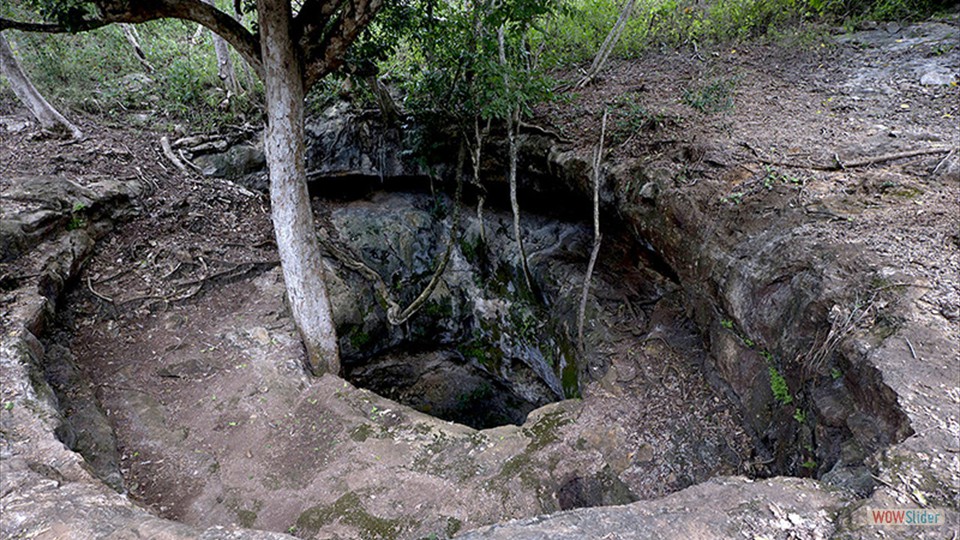
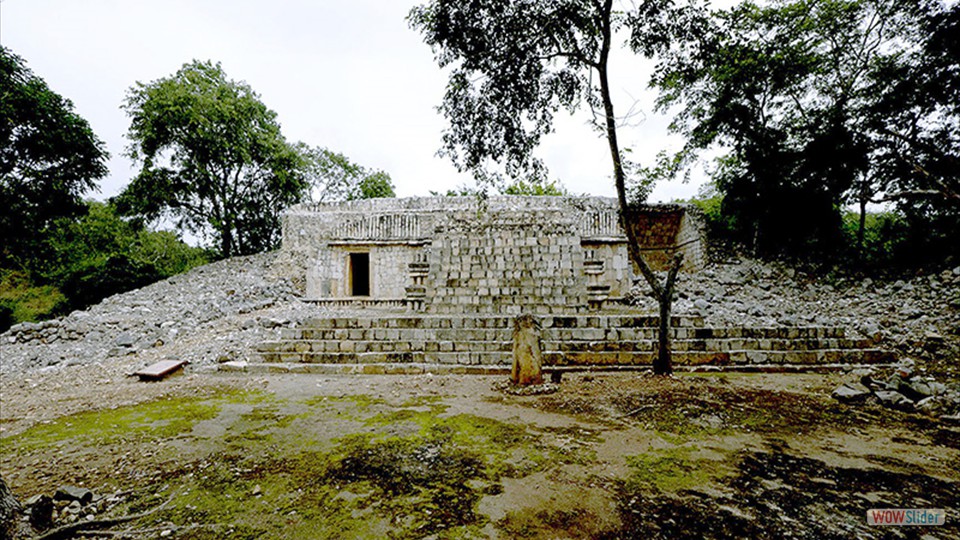

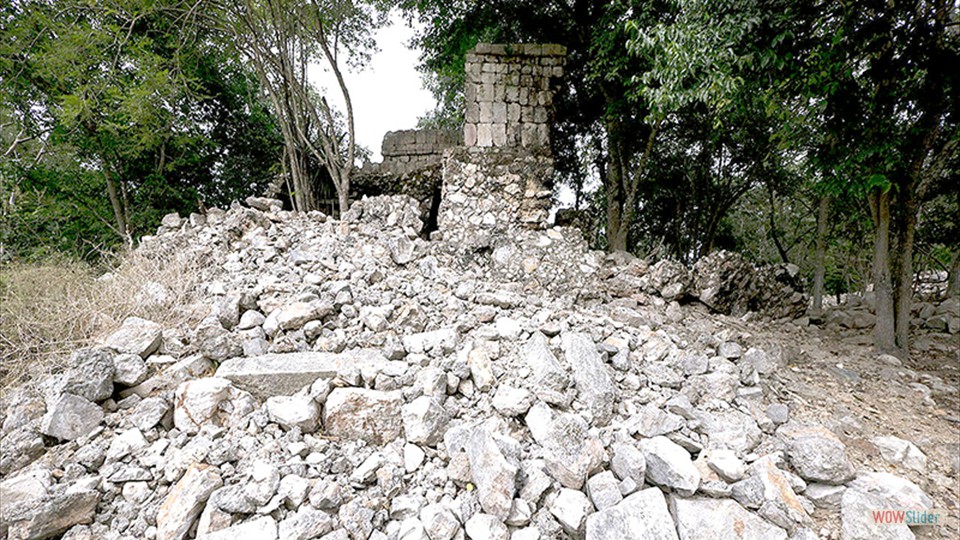
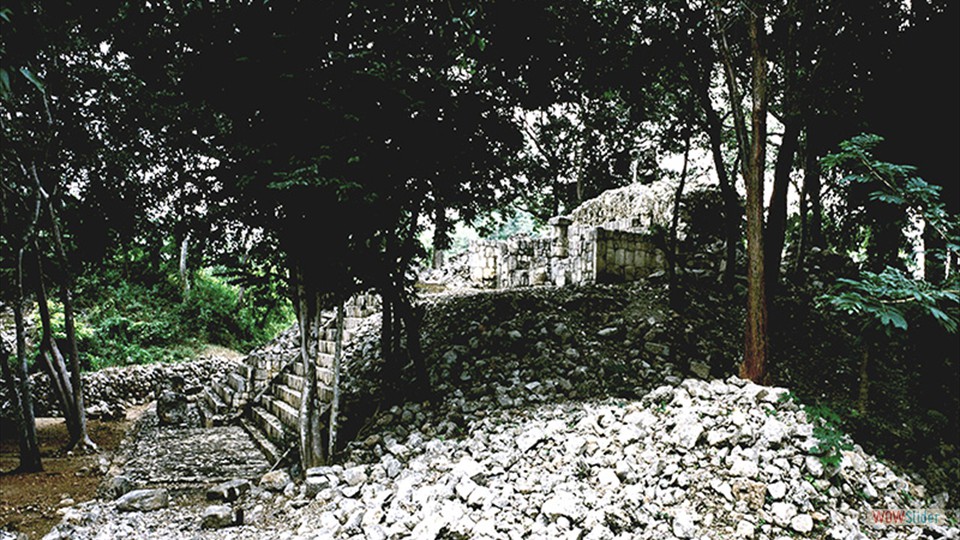
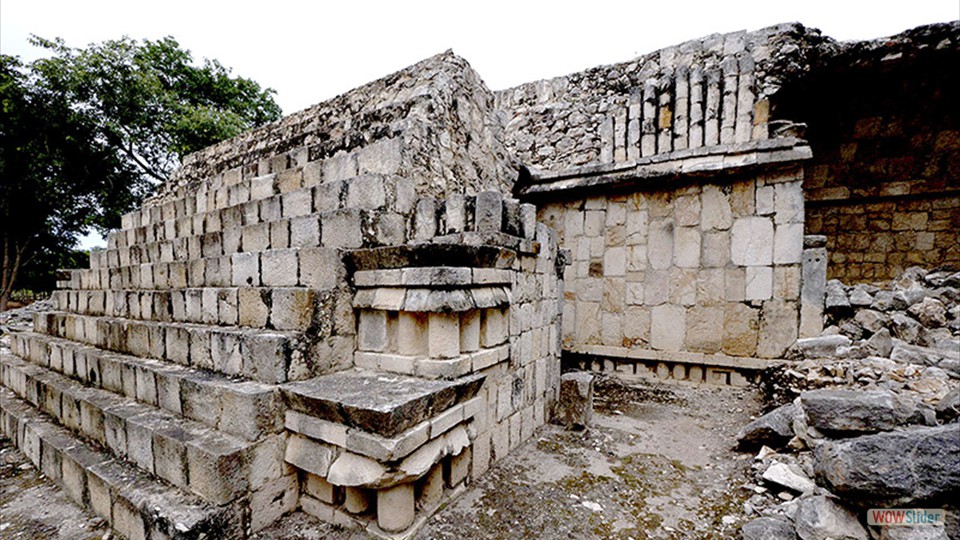
 1
1 2
2 3
3 4
4 5
5 6
6 7
7 8
8 9
9 10
10